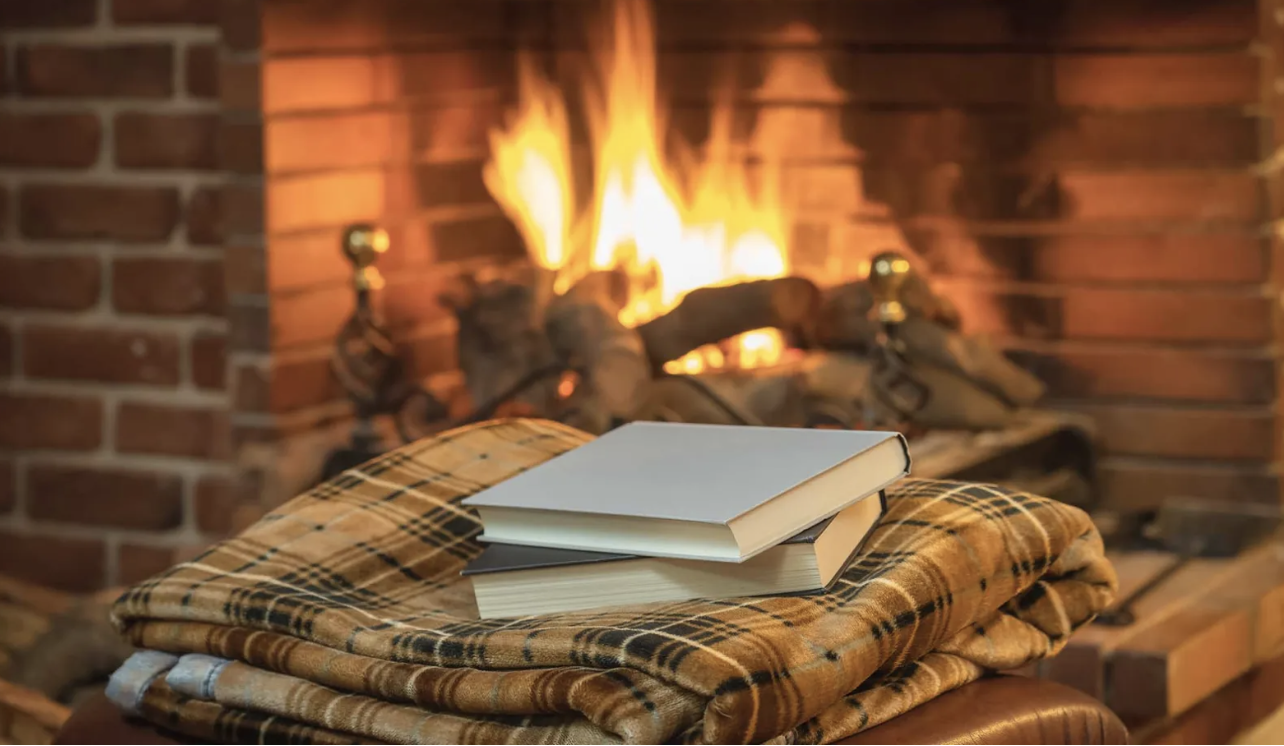By: Abigail Anthony – nationalreview.com – October 22, 2023
A Princeton alumna revealed something shocking to me: When she was an undergraduate in the ’70s, she and her roommates had several fireplaces in their dorm suite, which they would set ablaze and gather around with friends.
I couldn’t believe that, within the past 50 years, Princeton students had such a cozy luxury in their own rooms. I knew that, historically, the fireplaces on campus served an important purpose by providing warmth in the years before centralized heating systems were installed. But eventually, they were boarded up, never to be used again. (A select few in common rooms have survived.)
Some fireplaces on campus were sealed as recently as 2004, after “they were deemed not safe for use.” But really, the university deemed everything ignitable unsafe. Now, students face a $100 fine if they have incense or candles — even those that are merely decorative — in their dorms. Plenty of other heat-producing electrical appliances — microwaves, toasters, rice-cookers, panini presses, waffle-makers — are also prohibited. The fire-safety team conducts random searches to catch violations.
I find the anti-flames mentality a bit laughable: If Princeton accepts “high-achieving, intellectually gifted students,” why can’t they be trusted to have a single candle in their rooms? After all, engineers and physicists in the Princeton Plasma Physics Laboratory are developing a device whose operation might “exceed 100 million degrees Celsius,” but God forbid a student lights some incense. An undergraduate may build a robot but not use a microwave.
The counter-candle culture is somewhat infantilizing: Some of the brightest students in the world, who were handpicked among tens of thousands of applicants, are apparently too irresponsible to use everyday, household items without endangering the entire school. The university adopts a quasi-parental role by regulating students’ ability to perform benign tasks, and 19-year-olds are treated as nine-year-olds impaired by a lack of impulse control. The overly censorious, protective “safety first” mentality on college campuses demoralizes students by treating them as children who need to be micromanaged.
There might be a word to capture this highly regulated campus environment. The Coddling of the American Mind by Jonathan Haidt and Greg Lukianoff uses the term “safetyism,” described as “a culture or belief system in which safety has become a sacred value, which means that people are unwilling to make trade-offs demanded by other practical and moral concerns.” (The book’s acknowledgements credit Pamela Paresky, the project’s lead researcher, with coining the word.)
The authors argue that safetyism “[swept] through many universities between 2013 and 2017” and attribute its rise to “rising levels of teen anxiety and depression; changes in parenting practices; the decline of free play; the growth of campus bureaucracy; and a rising passion for justice in response to major national events, combined with changing ideas about what justice requires.”
Perhaps the dismantling of dorm fireplaces is a form of “safetyism” on campus, insofar as they are deemed “unsafe.” The fire-related policies might seek to mitigate harms to physical health (such as those from pollutants) rather than perceived emotional distress. (However, such reasoning does not account for the overreaching ban on toasters.) Even if prohibiting fireplaces is foolish, it lacks a political leaning that is generally associated with safetyism today. The fireplaces also were boarded up in the early 2000s, years before the authors claim safetyism conquered campuses.
Maybe this was something like proto-safetyism, in which overly cautious helicopter parenting disguised as a censorious “safety first” mentality was enforced through an administrative organ. The bureaucrats posturing as guardians demoralized students by treating them as children who needed supervision. It might have been a brilliant strategy: Expanding administrative authority to control fire — which does have catastrophic potential for physical damage — established a foundation for regulating other perceived dangers, physical and emotional.
In case it needs to be said, demanding working fireplaces in dormitories is not the hill I want to die on; I won’t lead a revolution chanting “Give me fireplaces or give me death.” But it would be nice if the college that required me to write a thesis also thought I was sensible enough to have a candle.
To see this article in its entirety and to subscribe to others like it, please choose to read more.
 Listen Online
Listen Online Watch Online
Watch Online Find a Station in Your Area
Find a Station in Your Area









 Listen Now
Listen Now Watch Online
Watch Online
